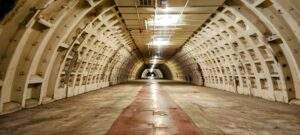Abandoned Gibraltar: Bellman’s Cave

Not far from the Cable Car station at the top of the rock of Gibraltar, this cave is named after Captain William Bellman who was stationed in Gibraltar during the Second World War. The tunnel contains the remains of Nissan huts and other structures that made up accommodation installed for the gunners of the Signal Hill Battery. The internal structures were constructed between 1942 and 1943.



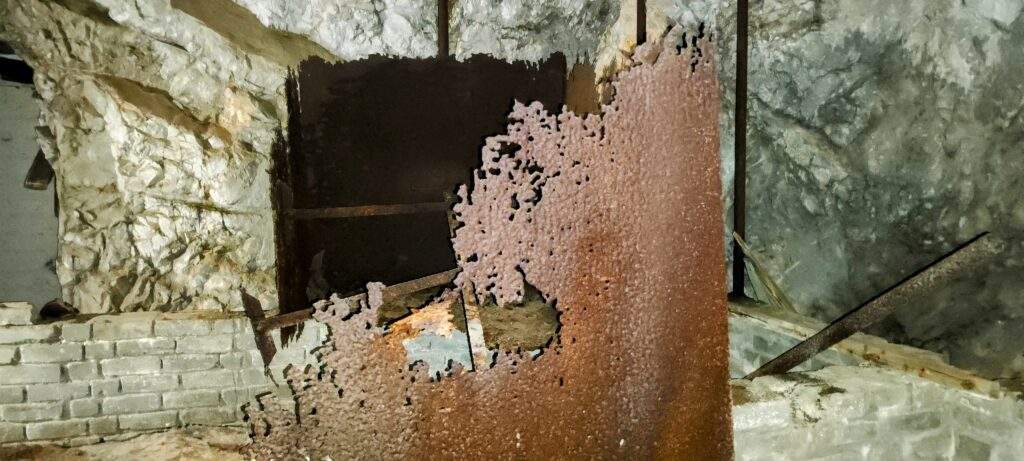

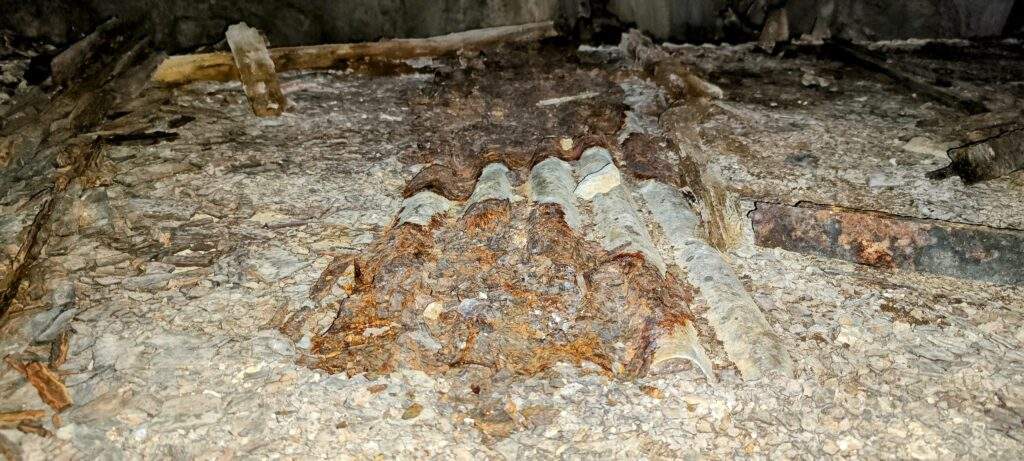
Unlike many of the historic military features on the rock, this site has not been adapted for tourists, and remains decaying from its original form. Exploring it in its “natural” derelict state was a lot more gritty than visiting the tourist sites such as the WWII tunnels, which are open to tourists and offer a “cleaner” chance to delve into the fascinating history of this British Overseas Territory. It was refreshing to get some Urban Exploration in our itinerary, with no modern lighting, barriers or information signs. Knowing that everything that remained dated from the tunnel’s use as a barracks during the war brought its history to life, giving an authentic glimpse into the past.
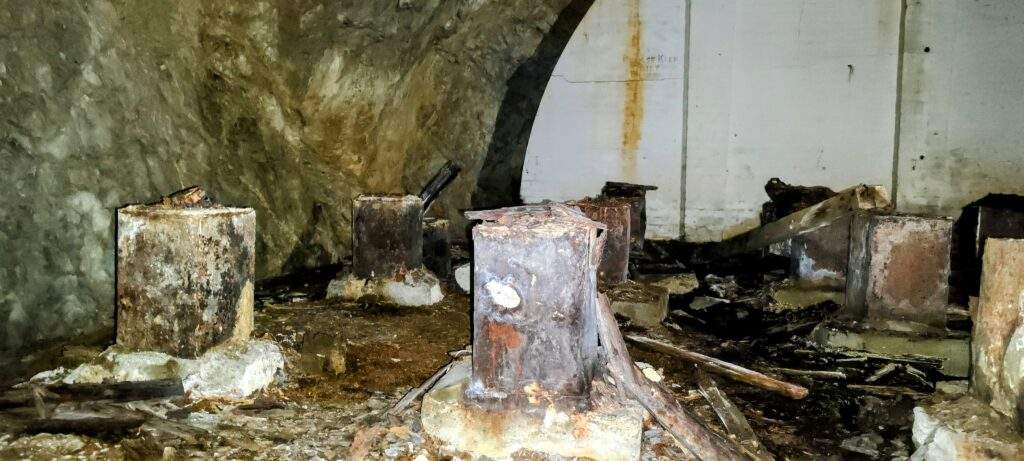
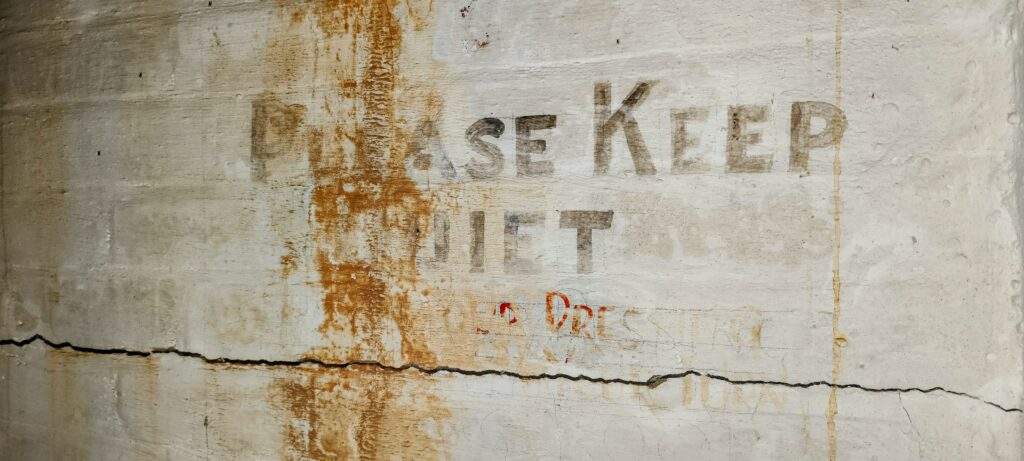


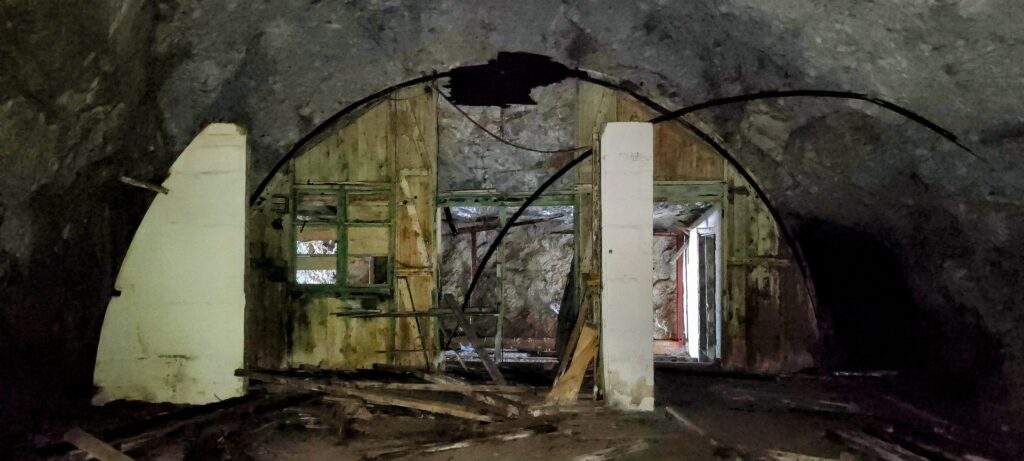
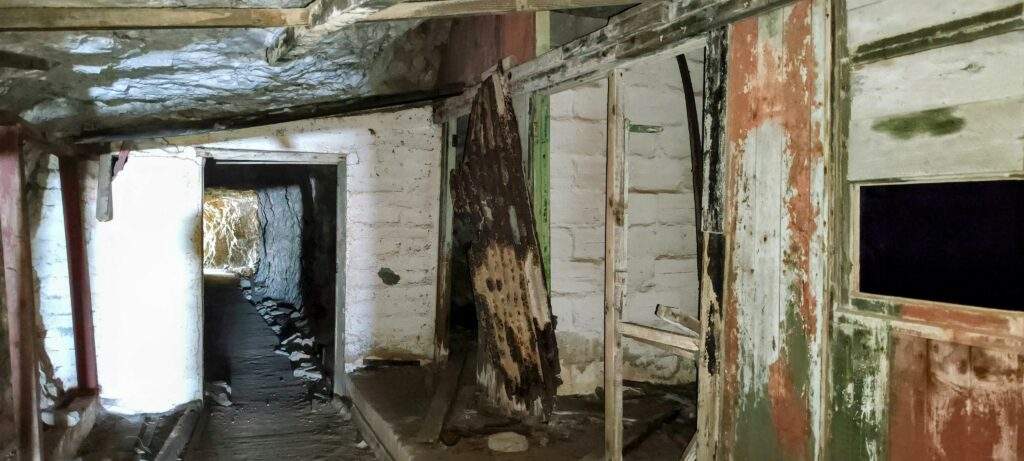

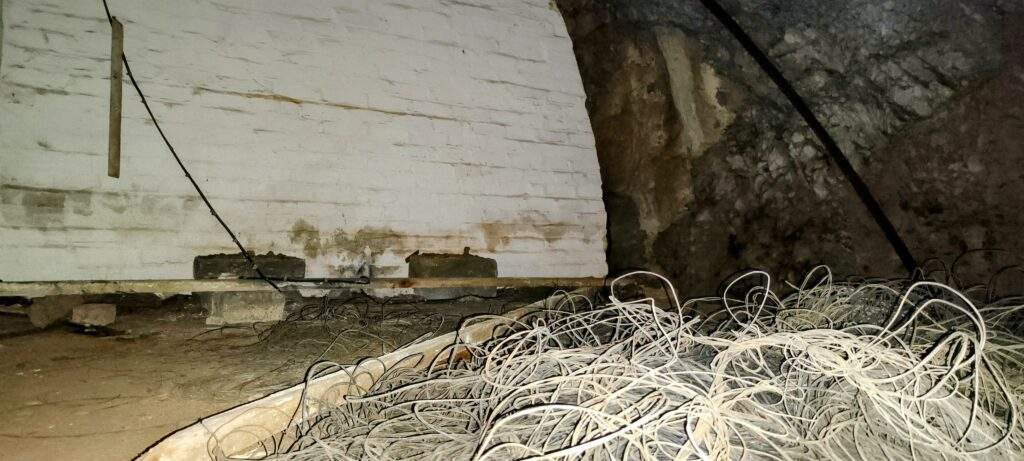


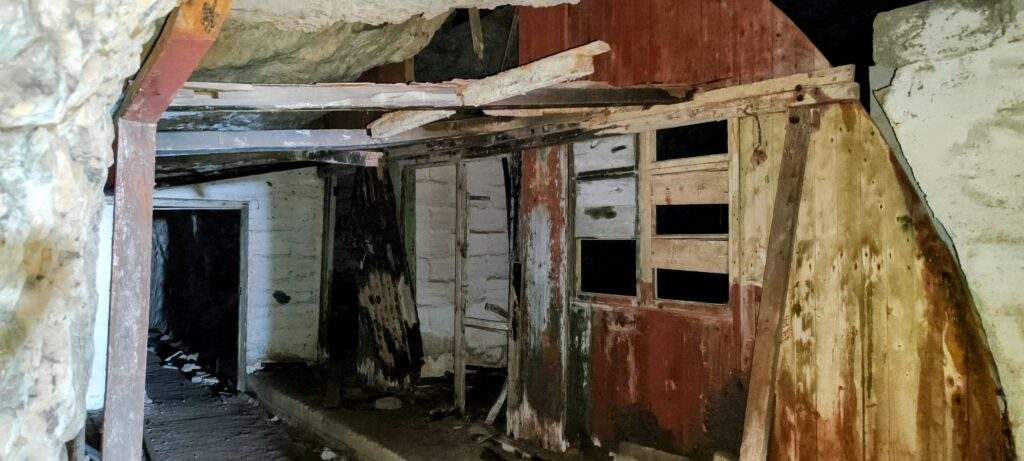

The whitewashed brick walls, some still adorning original signage, had survived well, and would have sectioned off different parts of the accommodation, including cooking and administration areas. The curved walls and metal supports of the internal huts could still be made out, though the corrugated metal ceilings had been lost, exposing the jagged rock of the cave above.
The battery that the accommodation served, Signal Hill Battery, was located 370m above sea level. It was in use since at least 1727. By World War II, two 3 inch 30 cwt anti-aircraft guns were mounted on the hill together with a Bofors 40 mm gun. The battery was removed to make way for the Gibraltar Cable Car top station, which opened in 1966.


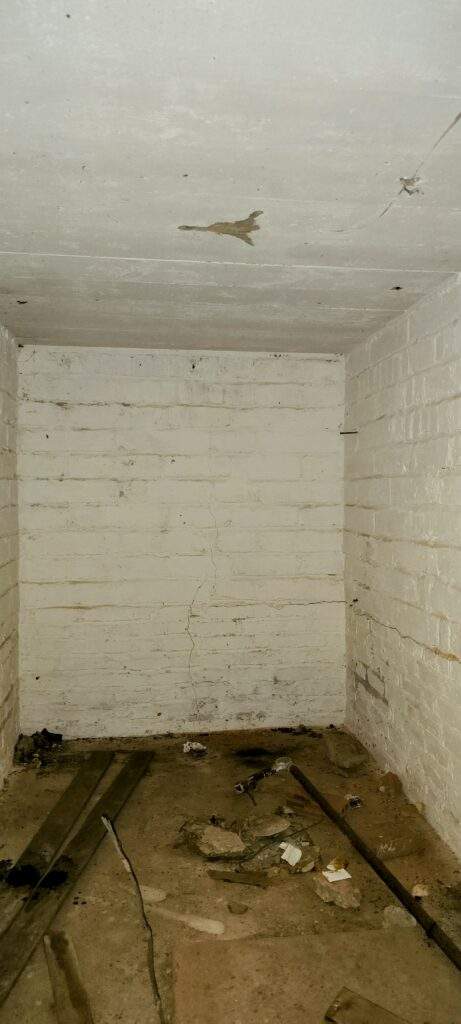
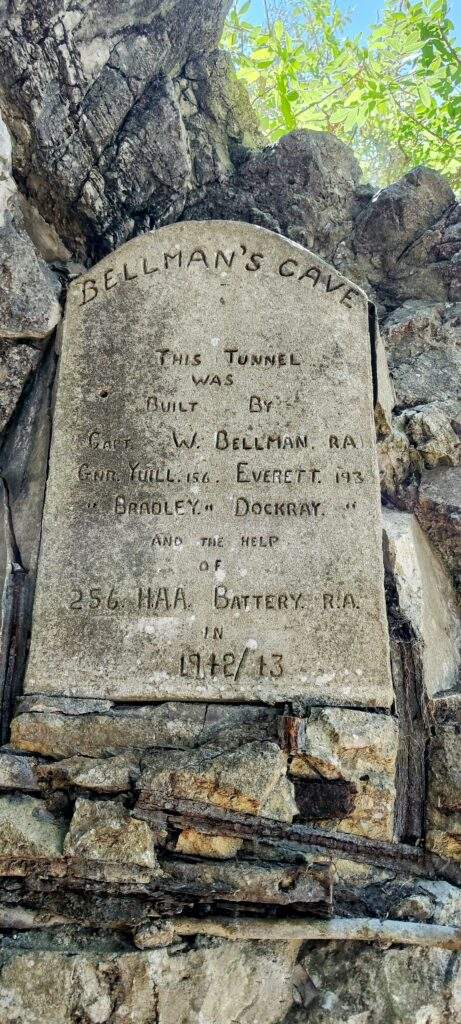
Last Updated on 21 September 2023 by Michael


